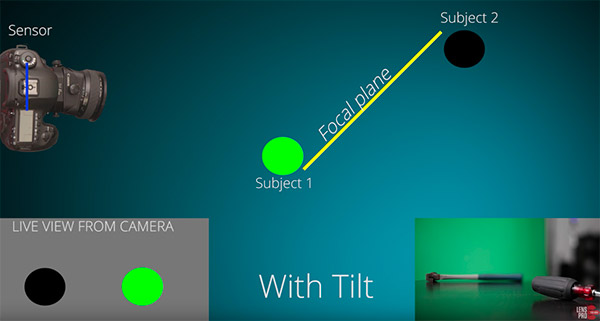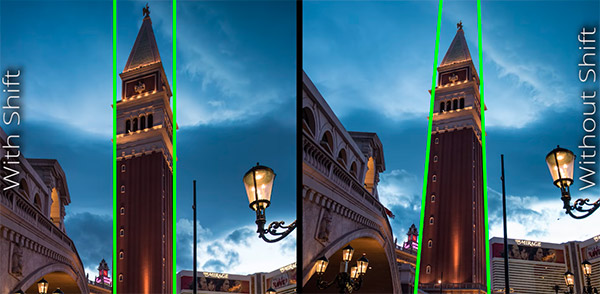Tilting your perspective: A breakdown of tilt-shift lenses and how they work
posted Friday, November 11, 2016 at 12:15 PM EDT

If you have never used a tilt-shift lens, it can be confusing to understand how they work. Lens Pro To Go has made a video detailing different available tilt-shift lenses and how they are used.
One of the appeals of a tilt-shift lens is how its tilt function allows you to shoot in a distinct way. Traditional lenses have a focal plane that is parallel to the center of the image sensor, but with a tilt-shift lens, you can make the focal plane off-axis. This allows you to do one of two things. You can either make the depth of field much smaller than a traditional lens, all else equal, which creates the miniature look you have surely seen before. Or, you can instead capture images with objects in focus at different distances. This has obvious applications for still life photography where you need the depth of field to be much larger than you could get with a traditional lens.
The second half of the tilt-shift lens, the shift, is unique as well and offers distinct shooting possibilities. It is much easier to capture images for stitching wide panoramas with a tilt-shift lens, for example, because you can control for and eliminate distortion, even at wide focal lengths. For architectural photography, being able to control distortion is critical; you can make vertical objects stay vertical.


If you'd like to learn more about various tilt-shift lenses on the market, click the links below, including our landing page for Nikon's new 19mm f/4 PC-E tilt-shift lens:
- Canon TS-E 17mm f/4 L
- Canon TS-E 24mm f/3.5L II
- Canon TS-E 45mm f/2.8
- Canon TS-E 90mm f/2.8
- Nikon 19mm f/4E ED PC Nikkor
- Nikon 24mm f/3.5D ED PC-E Nikkor
- Nikon 45mm f/2.8D ED PC-E Micro Nikkor
- Nikon 85mm f/2.8D PC-E Micro Nikkor
To learn more about using tilt-shift lenses, Lens Pro To Go has more tilt-shift lens videos, which you can check out below.
(Seen via DIY Photography)